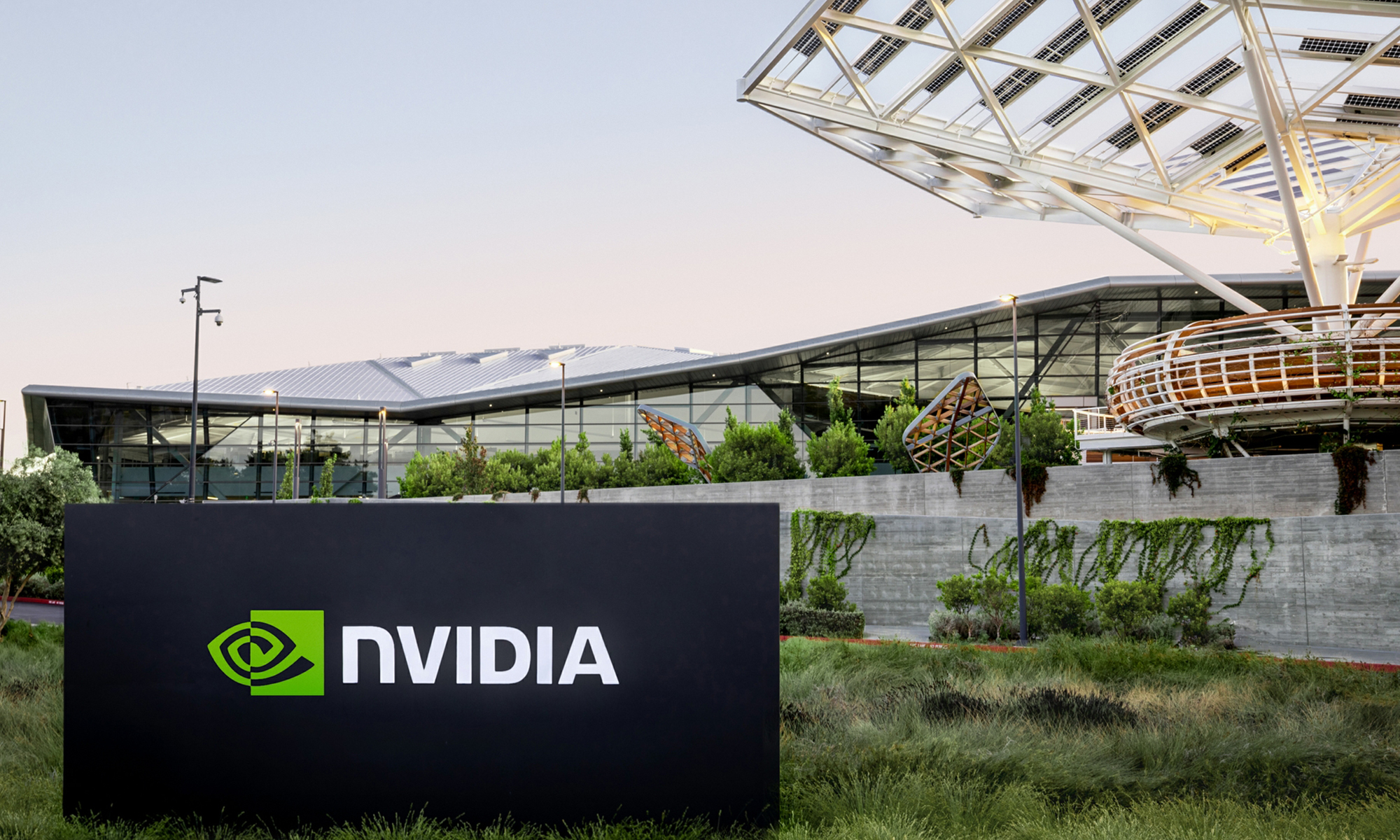The U.S. equity market has struggled in the past few weeks, with the tech-heavy Nasdaq Composite index down by some 14% at one point from the recent high in December 2024. While the index has recently recovered, it's still in the correction zone (lower than 10% from the previous high). Not surprisingly, many high-flying stocks have been negatively affected in this broad market sell-off.
While the market environment is rough, investors can still find attractive long-term deals -- especially since many strong companies are trading at more reasonable valuations now. Some of these stocks stand to go far higher in the next decade. Let's look at two such stocks with fantastic growth potential.
1. Nvidia
Semiconductor giant Nvidia (NVDA 0.32%) is a top-notch pick now, especially after the stock has corrected over 20% from its 52-week high in January. Accounting for almost 90% of the AI GPU market, Nvidia is well-positioned to benefit from the rapid artificial intelligence (AI) infrastructure build-out.

NASDAQ: NVDA
Key Data Points
Many of Nvidia's prominent technology clients have already committed capital expenditures (capex) of over $300 billion for AI technologies in 2025. Demand for AI computing is rapidly increasing as enterprises focus on training large language models with multiple types of data (text, audio, video, images), fine-tuning these models with various types of AI-generated and human feedback, and running them in a real-time environment. The increasing shift from training workloads to more recurring inferencing workloads (deploying and running models in production environment) is also a major growth area in the AI market.
Nvidia's recently launched Blackwell architecture systems have been optimized for all these AI workloads across various deployment environments, such as cloud, on-premises, or hybrid. Not surprisingly, Blackwell Systems raked in $11 billion of revenue in the fourth quarter of fiscal 2025 (ended Jan. 31). Nvidia is also gearing up to release new chip architectures with higher memory and performance, such as Blackwell Ultra in the second half of 2025, and Vera Rubin in 2026.
Nvidia's software ecosystem is also a major strength. The broad adoption of the Compute Unified Device Architecture (CUDA) parallel programming platform (used to optimize Nvidia's hardware) by developers and enterprises has made it difficult to switch to competitor hardware offerings. Software monetization has also emerged as a major revenue stream. Nvidia's networking offerings are also in high demand, especially for networking in large AI clusters.
The company is also betting big on other key markets such as agentic AI, robotics, autonomous vehicles, and Sovereign AI. These can become huge growth catalysts in the coming years.
Finally, there's valuation. Trading at about 41.3 times earnings, Nvidia isn't dirt cheap. But it's not overpriced, considering it is trading far lower than its five-year average of 72.5.
Nvidia is not without risks, especially as the data center segment shows a significant revenue slowdown and gross margin pressures have mounted. The company is also exposed to competitive pressures and risks associated with trade wars and escalating tariffs. Yet, considering the many tailwinds, this AI leader has many ways to win in the long run.
2. Meta Platforms
There are multiple reasons why social media and digital advertising giant Meta Platforms (META +0.39%) still has much room to grow in the coming years.
First, with over 3.3 billion people, or almost 40% of the global population, using one of Meta's apps (Facebook, Instagram, Messenger, Threads, or WhatsApp) daily, Meta's scale is already a significant competitive advantage. The large user base continues to attract even more users, which is making Meta's ecosystem even more valuable, thus creating a powerful network effect.
Second, Meta can access real-time and proprietary data about user preferences, shopping patterns, opinions, connections, and behaviors. The company is leveraging its AI systems to analyze this data and derive insights, which help advertisers improve their advertising performance. Not surprisingly, as the user base expands, more data is generated. This further enhances advertising performance, boosting Meta's top line.

NASDAQ: META
Key Data Points
Third, Meta is aggressively making its presence felt in the AI space, be it in consumer-facing personalized Meta AI assistant or AI infrastructure development, which involves expanding data center capacity or developing open-source Llama series of large language models (LLMs). The virtual AI assistant is expected to help Meta increase user engagement through personalized user feedback. The company's open-source models are being rapidly adopted by enterprises and developers worldwide -- which can prove to be a strong moat in the long run.
Fourth, Meta is already financially sound, with $77.8 billion in cash and $28.8 billion in debt at the end of 2024. This gives the company the financial flexibility to fund future research and development.
Finally, despite the many pros, Meta trades at around 25.9 times earnings, slightly above its five-year average of 25.6. However, compared to other technology giants such as Apple and Microsoft, Meta offers robust growth potential at a much more reasonable valuation -- making it a smart buy now.





